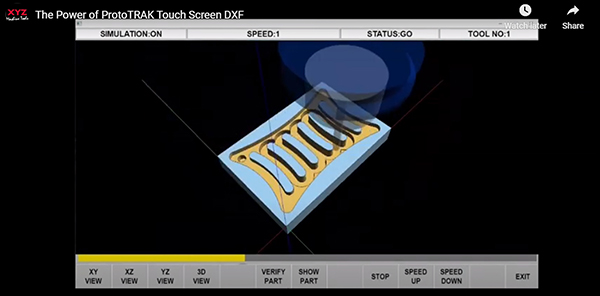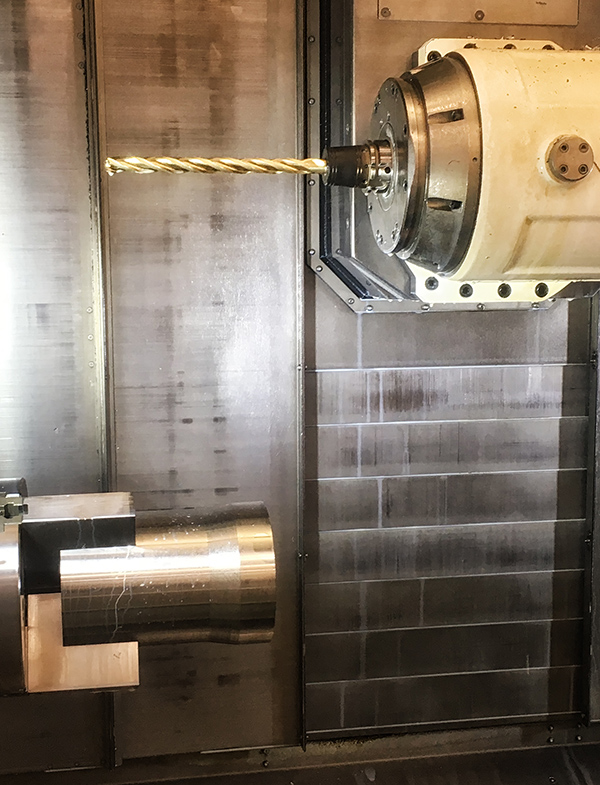When the latest ProtoTRAK control was introduced it brought with it a range of benefits to improve programming efficiency and ease-of-use, all based around a 15.6” touchscreen that puts the system’s advantages at the users’ fingertips.

Now, with the latest update, users of the control on XYZ RMX bed mills can further simplify the programming of complex features, such as islands in pockets.
New and existing users can take advantage of the islands in pockets feature by utilising the optional DXF converter, which can be added at time of ordering the machine or as a straightforward retrofit for existing XYZ RMX bed mills. With this option installed it is a simple process of importing the DXF file into the ProtoTRAK RMX control. The creation of the island program, for single or multiple islands in pockets, is created in the same easy way as any other machined feature in ProtoTRAK. The program tool path can then be verified on-screen, with an estimated cycle time. For further reassurance, a 3D solid model of the machined part can be generated.
“ProtoTRAK remains at the forefront of programming technology for use on our XYZ bed mills and lathes and continues to be the ‘go-to’ control for those making the step from manual to CNC operation, and for those looking for a machine/control combination that can simplify their manufacturing processes,” says Nigel Atherton, managing director of XYZ Machine Tools. “ProtoTRAK’s popularity has continued through the current COVID-19 pandemic, with customers continuing to order and take delivery of ProtoTRAK-controlled machines; over 250 have been delivered in the past six months.”
For further information www.xyzmachinetools.com























